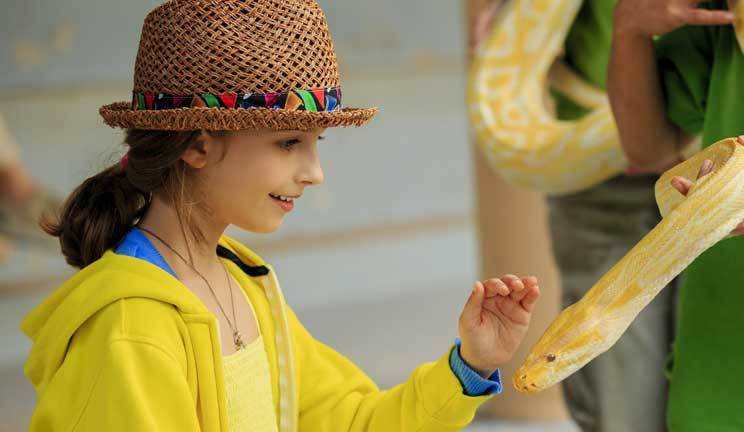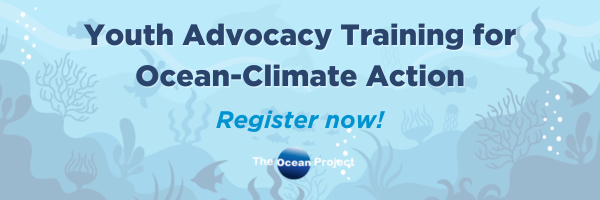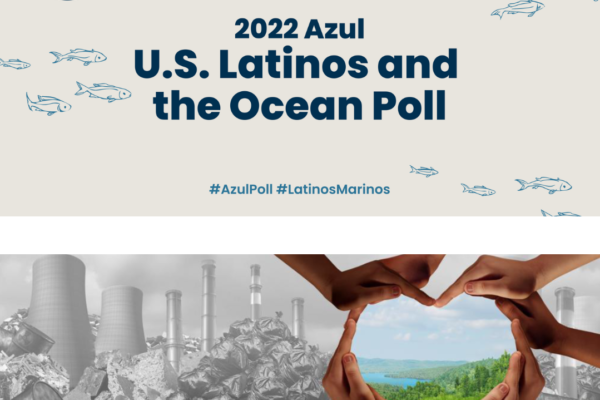Climate change is a big story. It’s such a big story in fact, it sometimes seems larger than life – and WAY too big to do anything about. As we’ve talked about before, it’s important to keep climate change real and tangible. One way to do that is to narrow the frame and tell a smaller story. By showing how the small or individual story is part of the big picture, you can help people make the emotional connection to the larger issue.
This is a cross-post from ClimateInterpreter.org. Please visit for more resources and articles about communicating climate change for interpreters!
Tell a “wildly” emotional story to connect people to wildlife
Most humans have an interest and emotional connection with animals. How strong that connection is depends on a lot of factors (the individuals’ demographic and the species of the animal they’re engaged with) – but it’s safe to assume anyone visiting your institution is there to get better acquainted with wildlife. Research strongly suggests that just engaging with these animals inspires an intent to take some conservation action to help them, but there are steps you can take to translate this intent into action.
Tell a story about how your visitors are connected with the animal
Learning facts about an animal can help visitors feel more connected with it, but you can take things a step further. Also explain how – using techniques like casual chains and analogies – human activities can positively or negatively impact the animal.
Watch this: tell a story about how the animal’s survival is linked with humans.
Not sure how you can connect a particular animal with an environmental threat? See if there’s an entry for the species in question on PARIS – the Program Animal Rating Information System! Check out the “Potential Messaging” section for how other institutions have approached things.
Give visitors a way to get involved, immediately if possible
Your audience needs to know that there are solutions for problems, or they can become overwhelmed. If you focus just on problems, people can shut down and give up. It’s too much of a downer, especially when many don’t see themselves as able to help.
Like I mentioned, people come away from encounters with animals intending to do something for that animal’s conservation and survival. However, this intention isn’t necessarily long-lasting. Research is scarce, but there’s evidence that most don’t follow through. Why not? They don’t know what to do, their attention is directed elsewhere, etc. There are many barriers to behavioral change.
Give your audience something to do – right now!
Provide an action when interpreting environmental threats. The ideal situation is to provide visitors with an action they can take during their visit, and to follow up with them afterwards. It can be extremely encouraging to feel like you’re part of a bigger effort, so emphasize that the action is something members of your community and/or institution are doing together.
Have you tried giving an immediate action to visitors while or directly after interpreting about how animals are impacted by human activities? For one example, see NC Aquariums' green power push.
This is the first part in a 3-part miniseries about “small” stories for big impact: Tell a “wildly” emotional story; Tell a story that’s close-to-home; Tell YOUR story
Image from Shutterstock.




